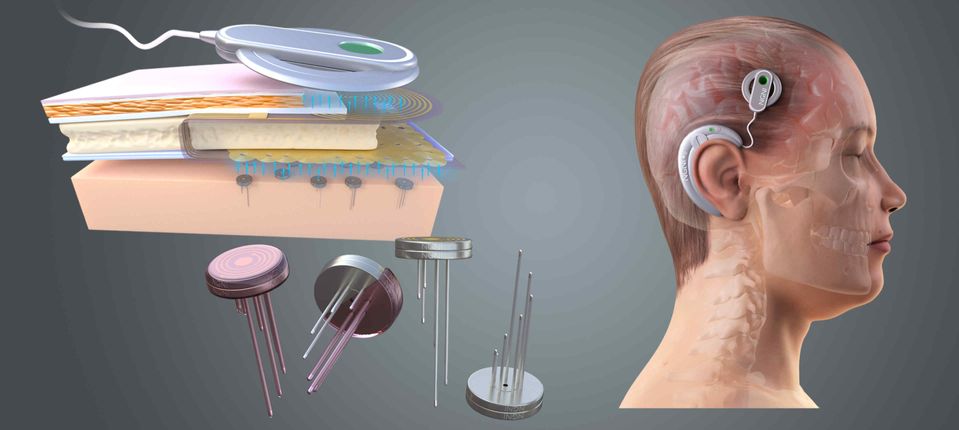Neural interfaces are a rapidly developing technology with the potential to revolutionize the way we interact with the world around us. However, with so many different options on the market, it can be difficult to know where to start. Here are eight keys to comparing and buying neural interfaces:
- Consider your needs. What do you hope to achieve with a neural interface? Do you want to use it for gaming, medical purposes, or something else entirely? Once you know your needs, you can start to narrow down your choices.
- Do your research. There are a lot of different neural interfaces on the market, and not all of them are created equal. Read reviews, compare features, and talk to other users to get a sense of what’s out there.
- Think about the long-term. Neural interfaces are still in their early stages of development, so it’s important to think about the long-term implications of using one. What are the potential risks? What are the ethical implications?
- Talk to your doctor. If you’re considering using a neural interface for medical purposes, it’s important to talk to your doctor first. They can help you assess the risks and benefits of different options.
- Start with a basic model. If you’re new to neural interfaces, it’s a good idea to start with a basic model. This will give you a chance to learn how they work and see if they’re right for you before you invest in a more advanced model.
- Be patient. Neural interfaces are still in their early stages of development, so it’s important to be patient. The technology is constantly evolving, so there’s a good chance that even better options will be available in the future.
- Be open to new experiences. Using a neural interface can be a very different experience than using traditional technology. Be open to new experiences and don’t be afraid to experiment.
- Have fun! Neural interfaces can be a lot of fun to use. Experiment with different applications and see what you can do.
Following these eight keys will help you compare and buy neural interfaces with confidence. With so many exciting possibilities on the horizon, now is the time to start exploring this cutting-edge technology.
Here are some additional tips for comparing and buying neural interfaces:
- Consider the type of interface. There are two main types of neural interfaces: invasive and non-invasive. Invasive interfaces require surgery to implant electrodes in the brain, while non-invasive interfaces use sensors that are placed on the scalp or other areas of the body.
- Think about the application. Neural interfaces can be used for a variety of purposes, including gaming, medical applications, and research. Consider what you want to use the interface for before you buy one.
- Pay attention to the features. Different neural interfaces have different features. Some features to consider include the number of electrodes, the type of signal processing, and the software that is compatible with the interface.
- Read the reviews. Reading reviews from other users can be a great way to learn about the pros and cons of different neural interfaces.
- Talk to the manufacturer. If you have any questions, don’t hesitate to contact the manufacturer of the neural interface. They can answer your questions and help you make the best decision for your needs.
Neural interfaces are a powerful new technology with the potential to change our lives in many ways. By following these tips, you can make sure that you choose the right neural interface for your needs.





